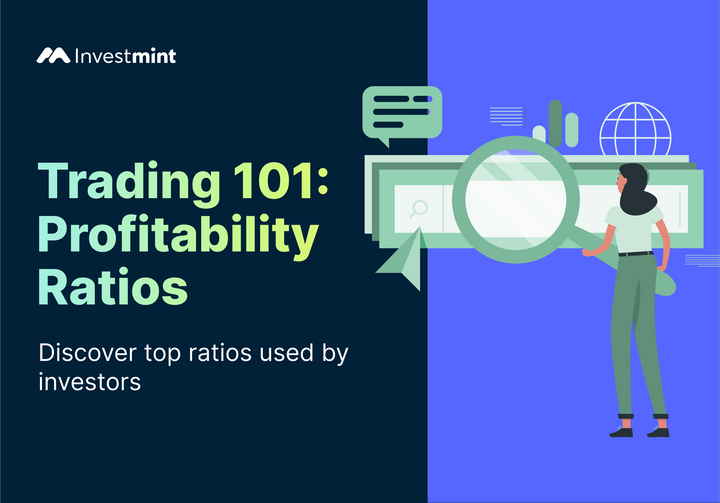Understanding Margin & Margin Trading: Meaning, Advantages & Risks
Margin Trading is trading stocks and derivatives in the stock market with borrowed money. Know the benefits, disadvantages, and examples here.

What if I tell you can buy something worth Rs 5,00,000 with just Rs 1,50,000?
No, it’s not through negotiations, although some might be able to pull this off. But the actual answer is through margin in the stock markets.
Consider you have Rs 50,000 in your account. On top of that, you can borrow Rs 1,00,000 from your broker and trade stocks worth Rs 1,50,000. This is how margin trading works.
In margin trading, a trader puts up a certain amount of the total trade as collateral, and the broker or exchange provides the rest of the funds for trading. This allows traders to increase their buying power and potentially increase their profits. However, it also increases the risk of losses, as traders can lose more money than initially invested.
But What Is Margin?
Simply put, margin refers to the deposit or collateral you must deposit in your brokerage account or exchange to cover the credit risk or default risk you pose for the broker or exchange.
The margin also guarantees the broker or exchange that you can cover losses with your existing capital. Suppose the value of the trader's position falls below a certain level (known as the minimum margin level). In that case, the broker or exchange will require the trader to deposit additional funds to cover the losses or will close out the position to limit further losses (Known as the ‘Margin Call’).
What Is Margin Trading?
Now that you know what margin is, margin trading is simply using borrowed funds from a broker to trade a financial asset like stocks or derivatives.
A margin account is a brokerage account in which an investor can use current cash or securities as collateral for a loan. The collateralised loan comes with periodic interest. In other words, you are trading with your broker's money to buy stocks and hold them overnight for more than one day, that amount is treated as a loan, and a small interest is charged on the borrowed sum by your broker.
Example of Margin Trading

Let’s assume you want to buy 1000 shares of 'X' worth Rs 100 each, for a total of Rs 1,00,000 in intraday trading. The margin requirement for equities trading is usually around 20%. So, with Rs 20,000, you can buy 1000 shares worth Rs 100 each.
Now, assume that the price of the shares drops to Rs 90 at the end of the day. You would have suffered a loss of Rs 10,000 [(Rs 100 - Rs 90) x 1000]. Since you have already deposited a margin of Rs 20,000, the trade would be settled then and there, and you would have lost half of your capital.

Similarly, if the price of the shares had increased to Rs 110 at the end of the day, your profit would be Rs 10,000.
Instead of buying and selling the shares again, the broker would settle the Rs 10,000 profit to your account, post which your account will reflect Rs 30,000. In this way, margin trading makes intraday trading easier since you do not have to deal with the physical delivery of shares.
What Are The Advantages And Disadvantages Of Margin Trading?
Some of the advantages of margin trading are as follows:
1. Margin trading is best suited for investors who want to benefit from the price movement in the short term but do not have sufficient liquid funds for investing.
2. Margin trading also allows traders to utilise the securities lying in their demat account to make profits through short-term price fluctuations in the market. It also allows investors to maximise returns on the invested capital.
3. Margin trading helps investors buy large volumes of stock with a smaller amount and increase their leverage. Leverage enables investors to take advantage of price movements. However, they must be cautious as adverse price movements amplify losses.
Margin trading also carries certain risks you need to be aware of:
1. An investor risks losing more money than what they deposited into the margin account when participating in margin trading. This happens when the securities' value declines. Here, the investor must either arrange additional funds or incur a forced sale of securities.
2. Investors have to provide additional funds to avoid the forced sale of securities if the value of the securities purchased on the margin falls.
3. Investors need to maintain a minimum balance in their margin trading facility account all the time. They may have to deposit extra cash on short notice to cover market losses or to maintain a minimum balance.
4. Brokers can sell some or all the pledged securities at the current price without consulting an investor to recover the margin. The current price may not be the best price an investor would have wanted to sell.
SEBI Regulations Against Margin Trading
The Securities and Exchange Board of India (SEBI) has implemented new margin rules to bring transparency and protect investors’ interests. Some major regulations include:
1. The new norms require investors to maintain an upfront margin, which means overnight stock positions will not get any margin from the broker. Similarly, all intraday and delivery derivative trades will not include any margin from the broker.
2. For 'Buy Today Sell Tomorrow' trades, an upfront margin will be applicable on both buy and sell. This means you cannot use borrowed funds from your broker for BTST trades.
In addition to an upfront margin, peak margin reporting has also started from December 2020 onwards, apart from the end-of-the-day margin check, which tells the highest open positions of the trader on a particular day.
Summary
- The money borrowed from a broker to purchase an investment is known as margin, which is the difference between the total value of an investment and the loan amount.
- Using borrowed funds from a broker to trade a financial asset, which forms the collateral for a loan from the broker, is known as margin trading.
- There are various advantages of margin trading, such as short-term profit generation, leverage etc. However, one should be careful while indulging in margin trading as it often leads to losses in case the value of the security declines.
Want to receive the next blog in your mail? Click on the subscribe button and receive the next blog in your mail.



